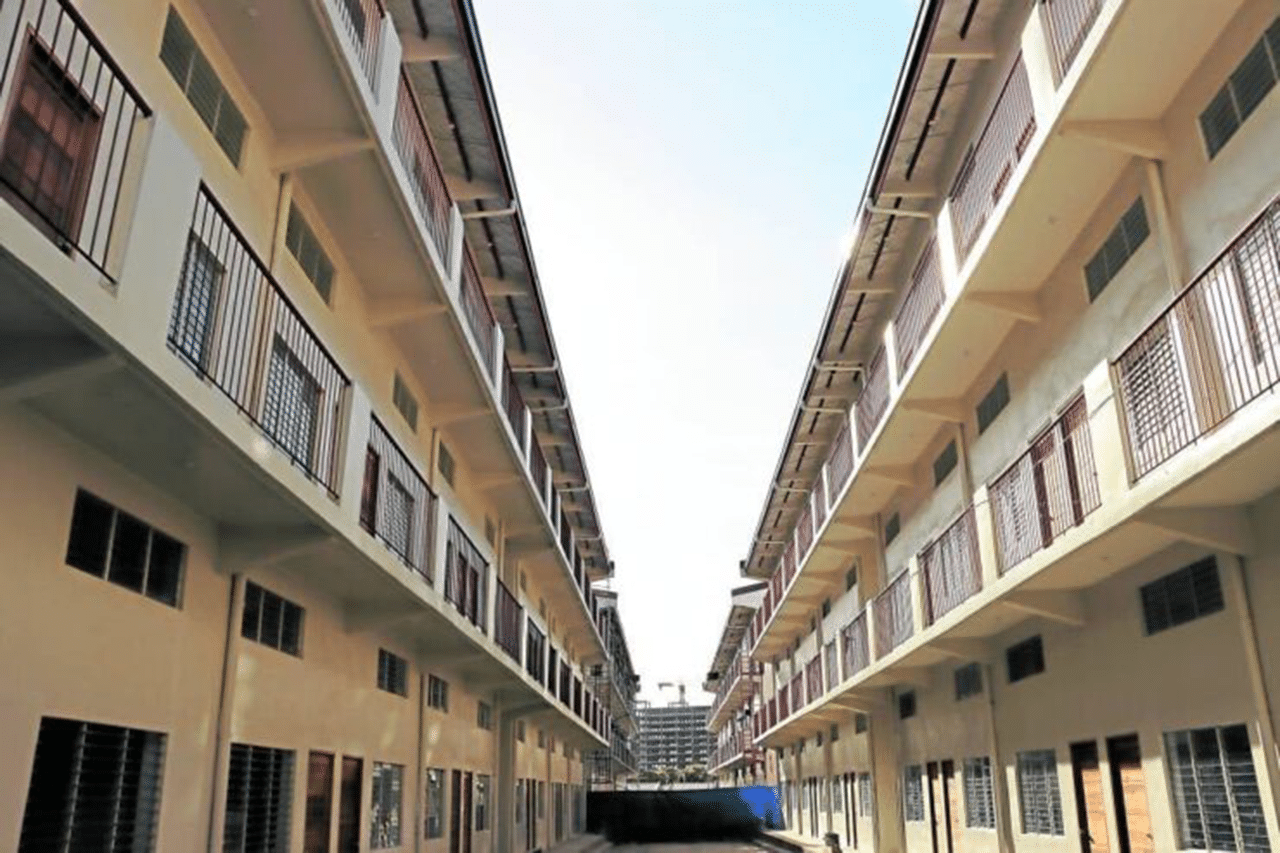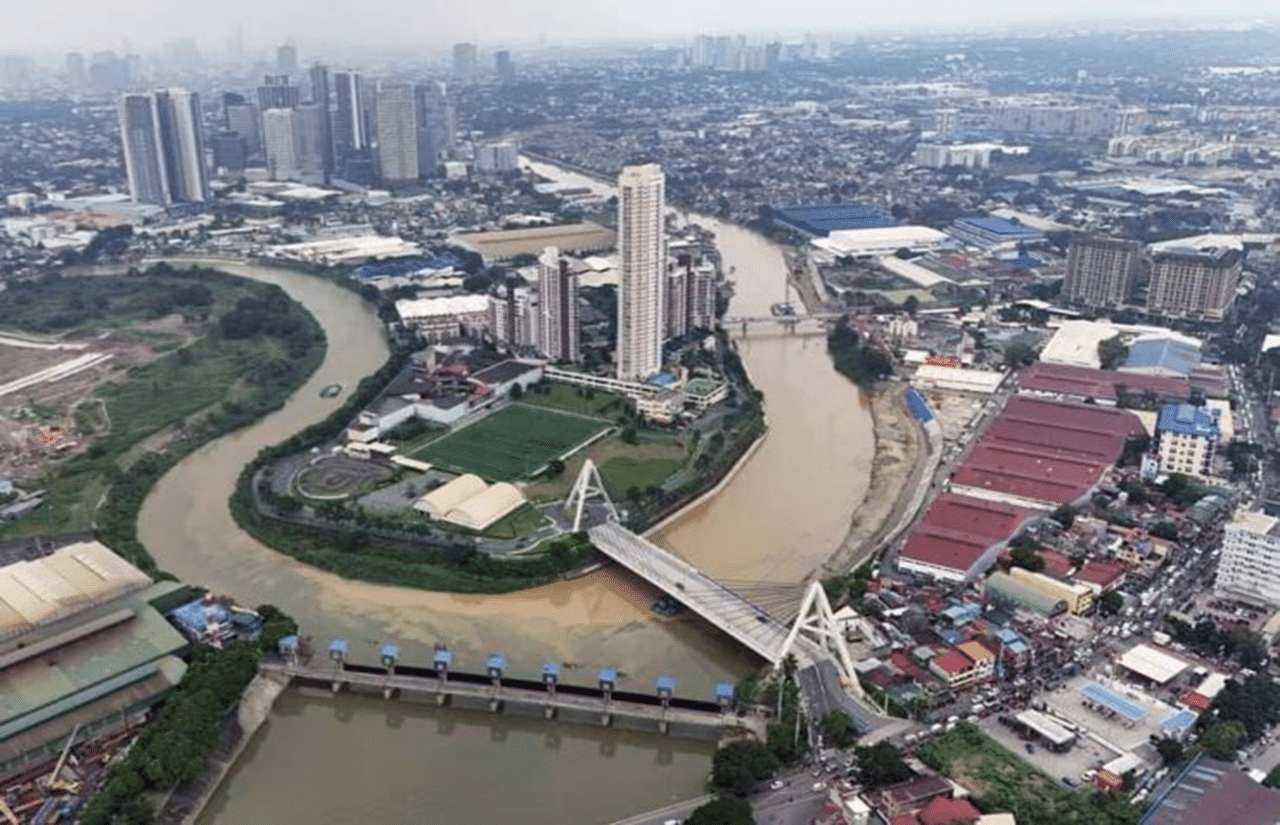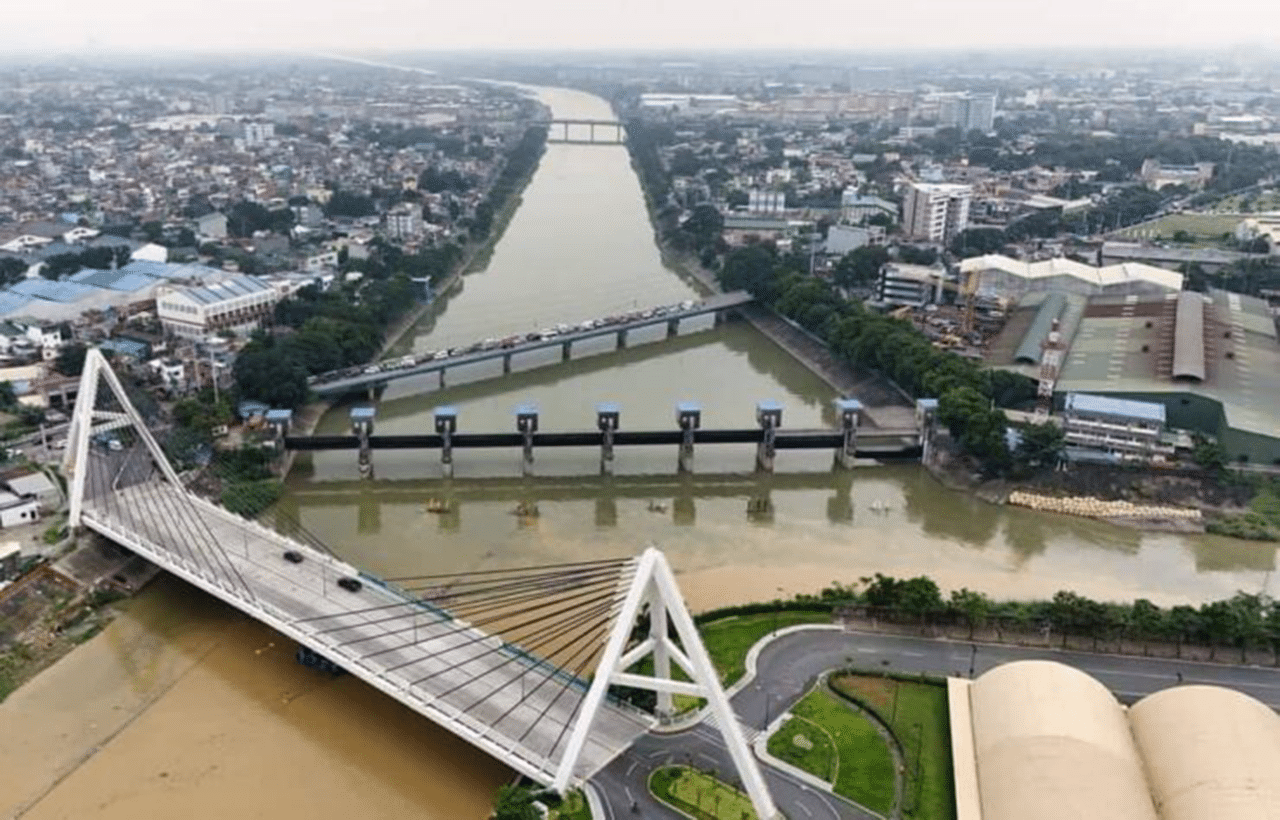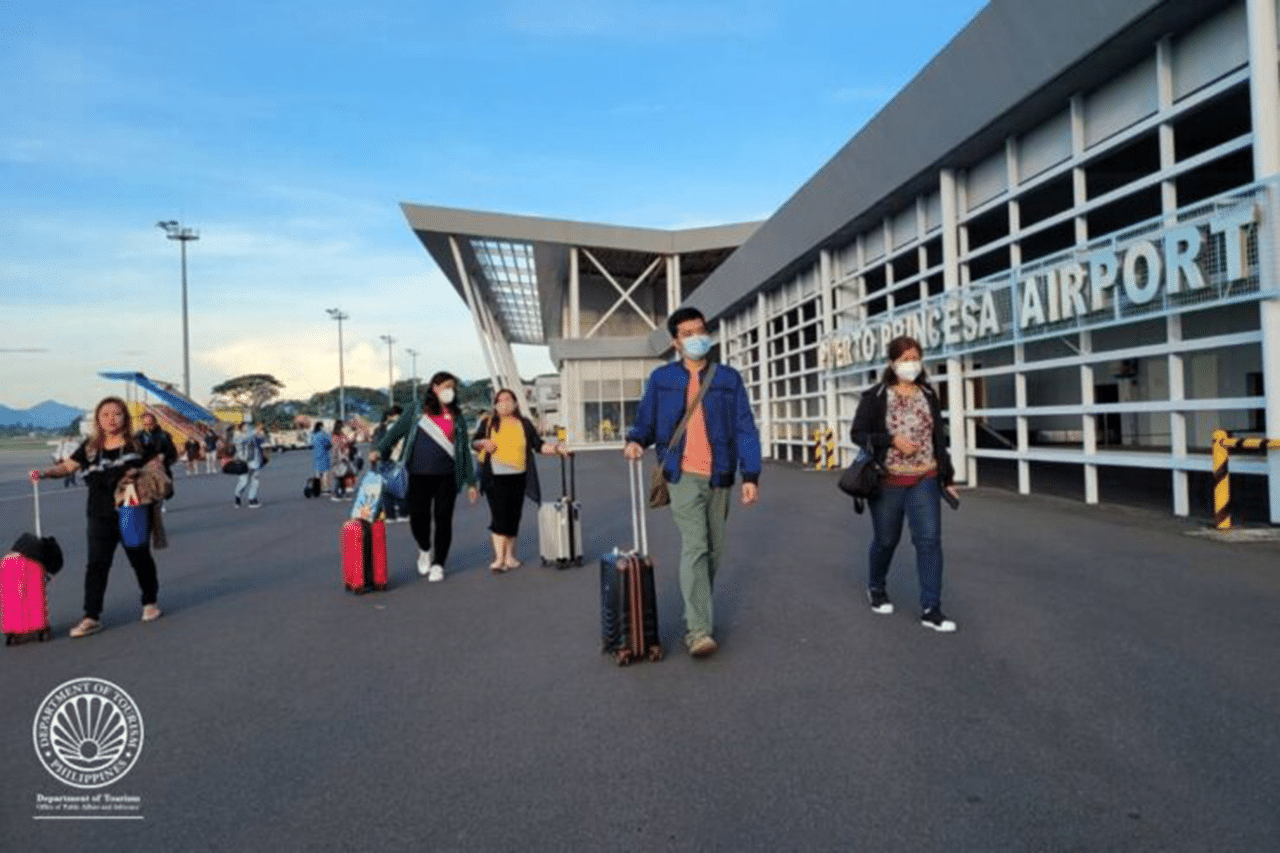The pillars of 2024’s real estate revolution
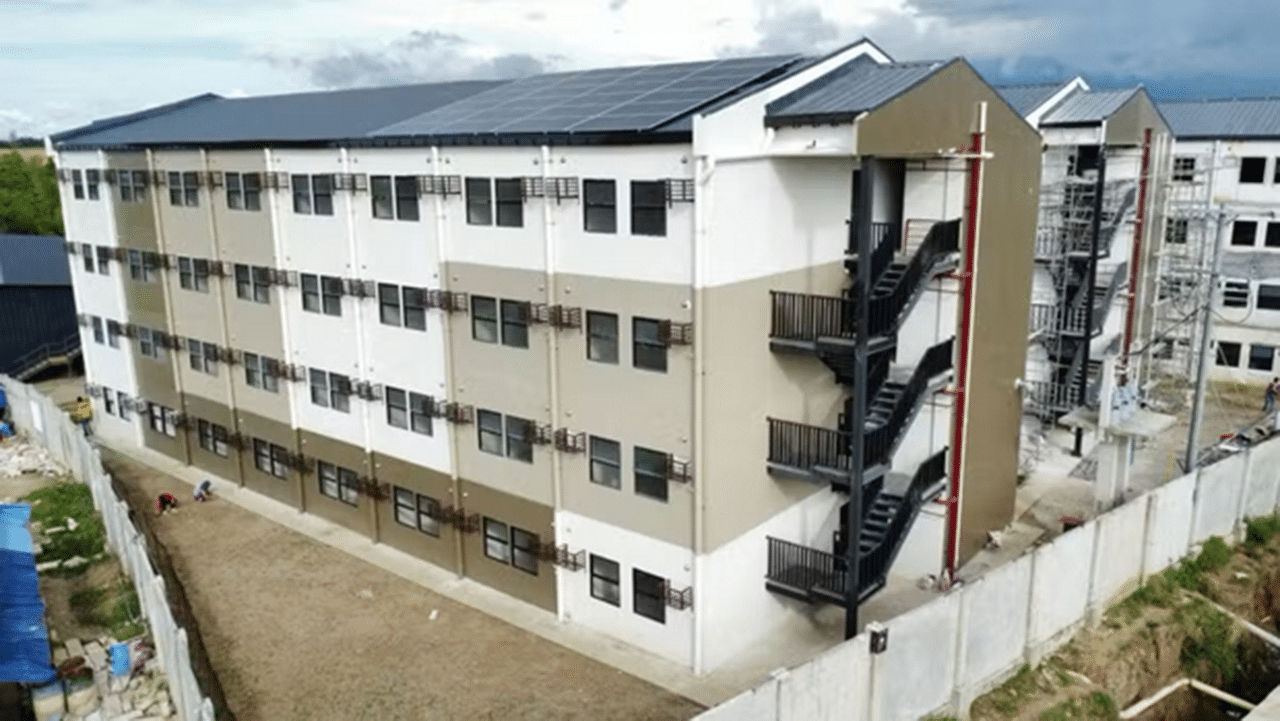
The Pambansang Pabahay Para sa Pilipino Program (4PH) aims to alleviate the housing shortage. —FILE PHOTO
Let’s take a look back on the significant transformations in the Philippine real estate sector in 2024.
Infrastructure projects improved connectivity, economic policies stimulated growth, and sustainability initiatives gained momentum, collectively reshaping the property landscape. How could the initiatives further strengthen the real estate market next year?
Addressing housing shortages
The Pambansang Pabahay Para sa Pilipino Program (4PH) initiative remained a cornerstone of the government’s efforts to eliminate informal settlements and address a staggering housing backlog of over 6.5 million units.
The program targeted constructing 1 million housing units annually, leveraging public-private partnerships to achieve its goals. By late 2024, over 1.2 million housing projects had commenced.
To ensure this program’s success in 2025, there should also be additional focus on sustainable building technologies, energy-efficient designs, financial auditing, and mixed-income housing strategies. These enhancements should improve the quality of urban living for millions of Filipinos.

The Real Property Valuation and Assessment Reform Act aims to improve transparency and efficiency in real estate transactions. —WWW.NET-TECH.COM

Real Property Valuation and Assessment Reform Act (RPVARA) was signed into law by President Ferdinand R. Marcos, Jr. last June 13, 2024. —PCOGOVPH/FACEBOOK
Digitizing real estate data
Signed into law in June 2024, the Real Property Valuation and Assessment Reform Act (RPVARA) standardized property valuation processes and introduced a comprehensive, digitalized Real Property Information System. It’s meant to improve transparency and efficiency in real estate transactions.
This year, its implementation should emphasize nationwide adoption, particularly in underserved provinces. Enhanced valuation systems facilitate equitable property taxation and attract foreign and local investments into regional real estate markets.
Flood control and resilience projects
With typhoons becoming more frequent, the government allocated P80 billion for flood control infrastructure in 2024.
Key projects like the Pasig-Marikina River Channel Improvement Project, which included flood gates, dikes, and channel dredging, are meant to protect Metro Manila and surrounding areas from flooding. Expanding such intentions to other flood-prone areas like Cagayan and Leyte could make these regions more viable for real estate development.
Tourism, hospitality driving demand
The Department of Tourism’s (DOT) initiatives, such as visa policy liberalization and enhanced marketing campaigns, led to a surge in international arrivals, targeting 7.7 million visitors by yearend. This growth has spurred demand for hotels, resorts, and serviced apartments, particularly in Cebu, Bohol, and Palawan.
Sustained investments in tourism infrastructure, including airports and eco-tourism sites, could further boost property markets in the regions.
Gaming and abandoned office buildings
The government’s ban on Philippine offshore gaming operators (POGOs) has significantly impacted office real estate, leading to the need for vacated spaces to be repurposed. Reallocating these office spaces for startups, co-working hubs, or educational institutions could revitalize the sector in 2025.
Renewable energy and sustainability
The Philippines solidified its leadership in renewable energy in Southeast Asia with notable projects like the San Miguel Bay Offshore Wind Project and the Quezon North Wind Onshore Project.
Renewable energy access should grow in 2025 to align with the Philippine Development Plan 2023-2028. Policies incentivizing private investments in renewable zones like Mindoro and Ilocos could position these areas as hubs for eco-friendly residential and commercial developments.
The author (www.ianfulgar.com) is a leading architect with an impressive portfolio of local and international clients. His team elevates hotels and resorts, condominiums, residences, and commercial and mixed-use township development projects. Ian’s innovative, cutting-edge design and business solutions have garnered industry recognition, making him the go-to expert for clients seeking to transform their real estate ventures

